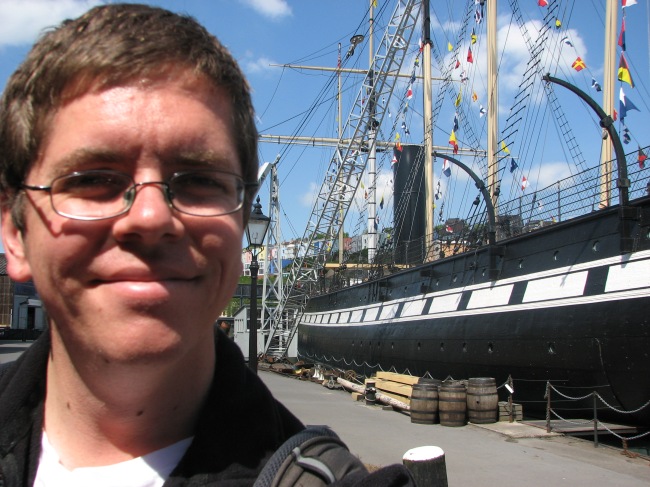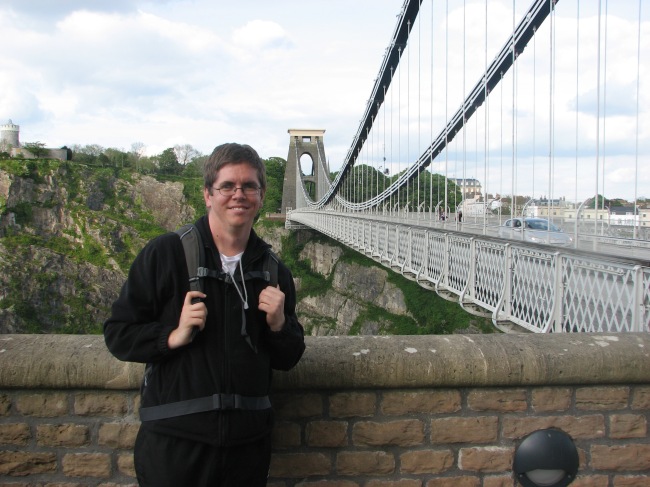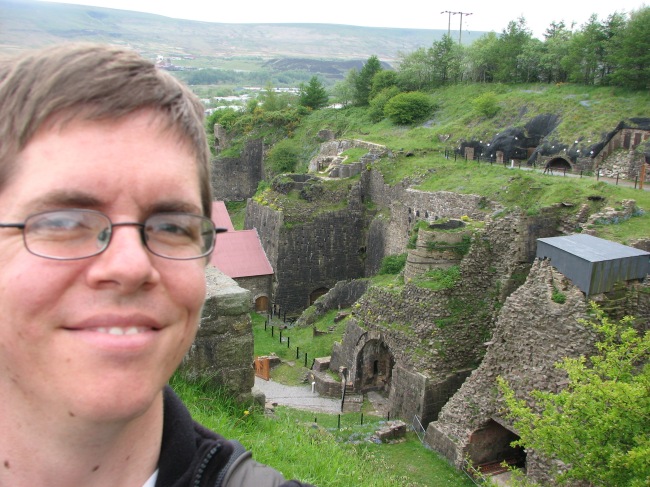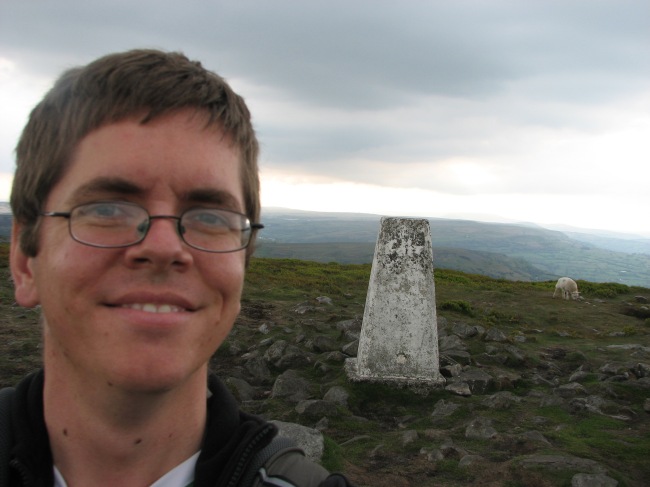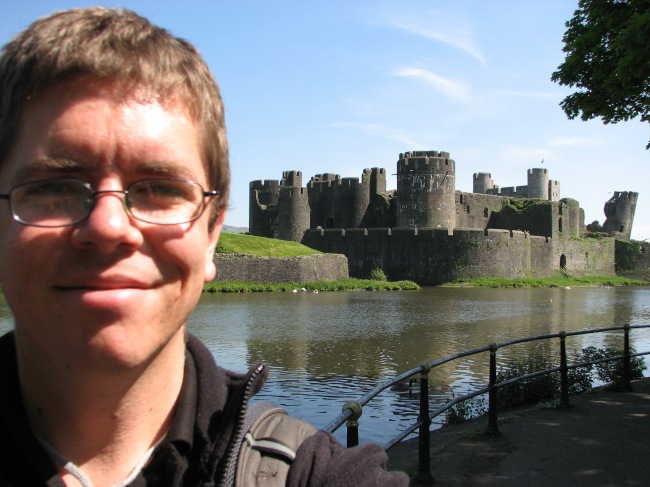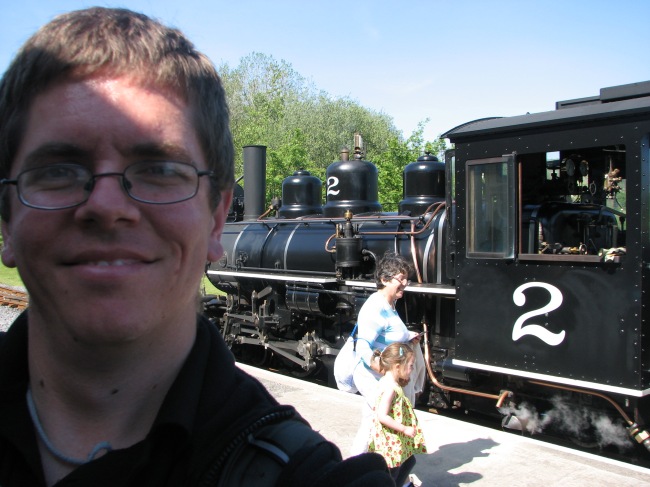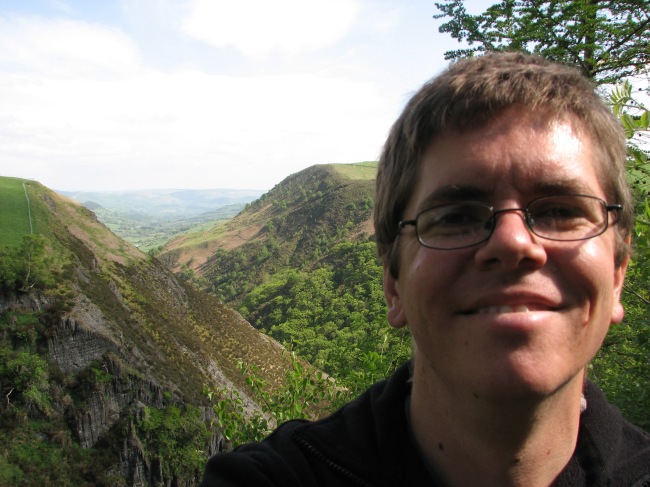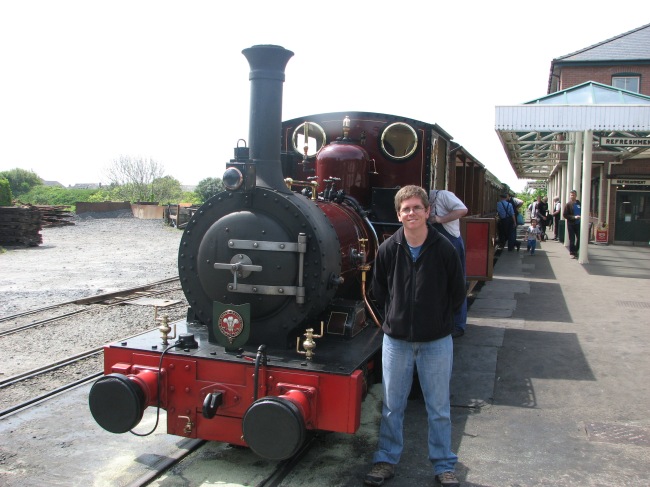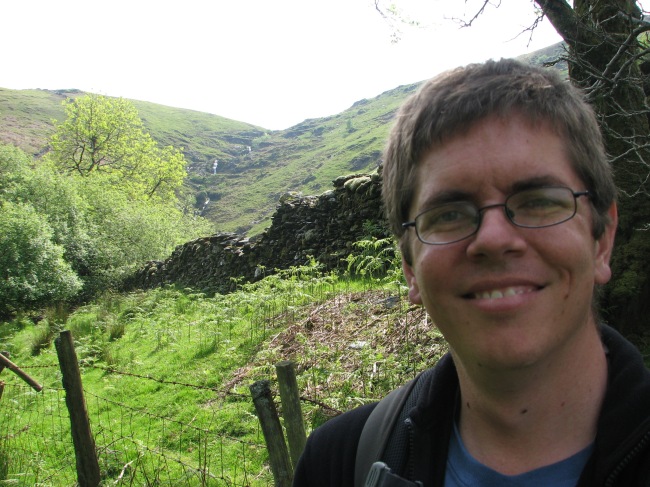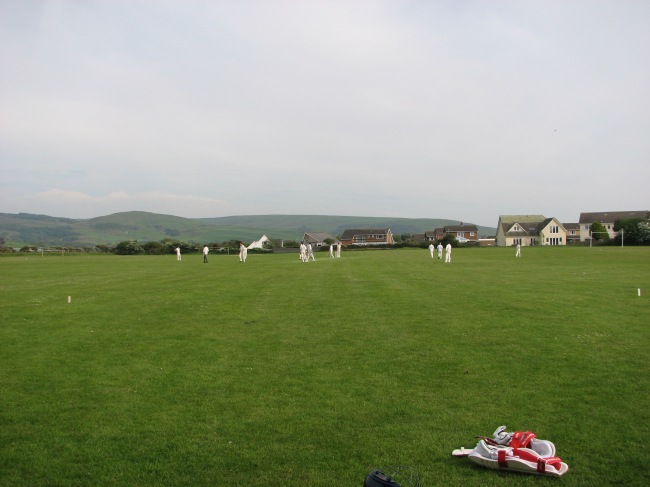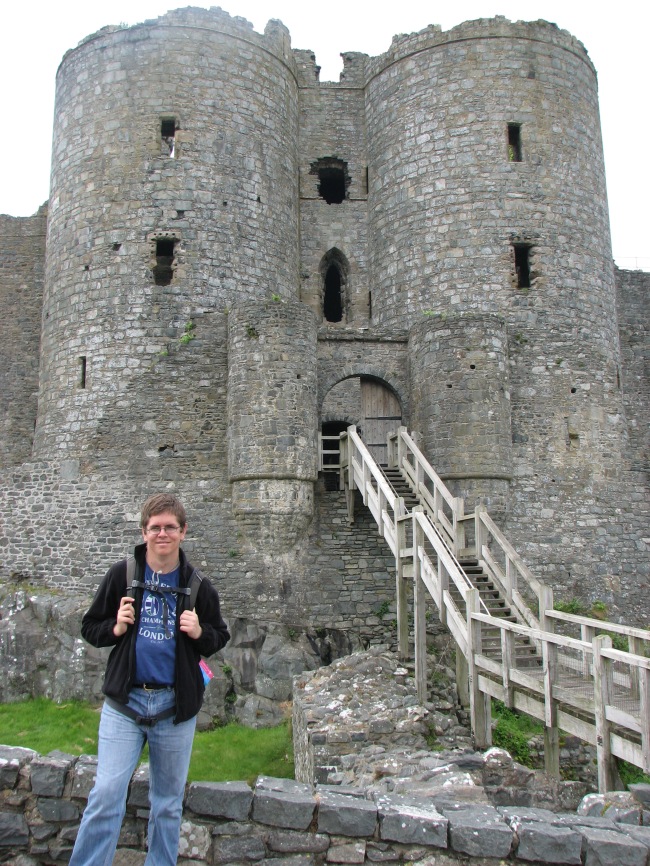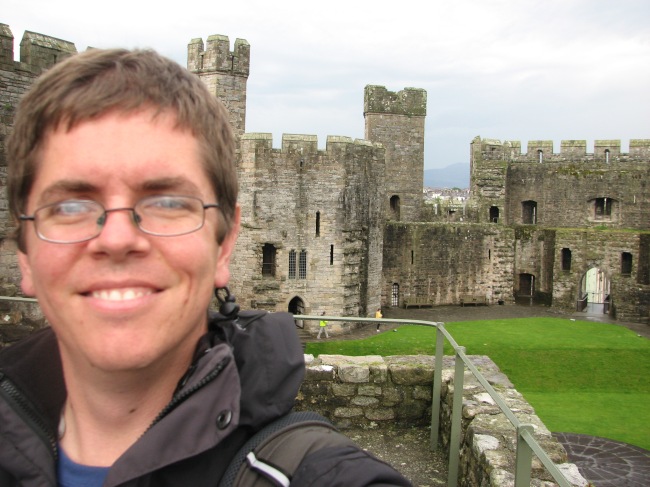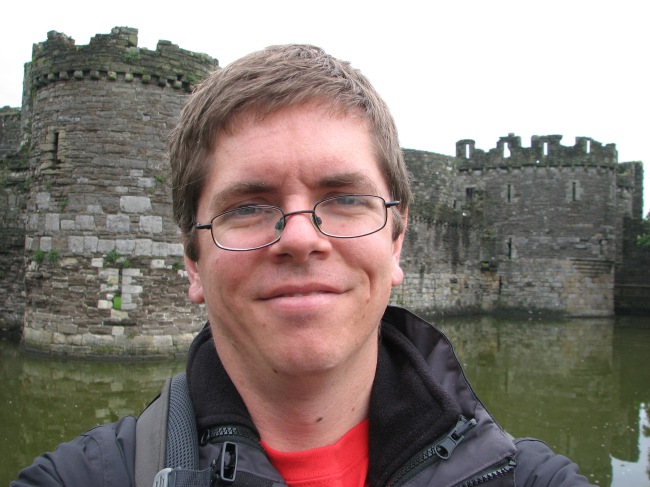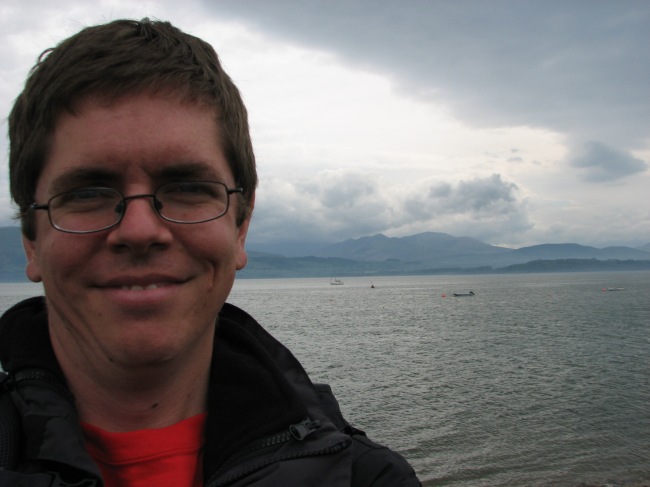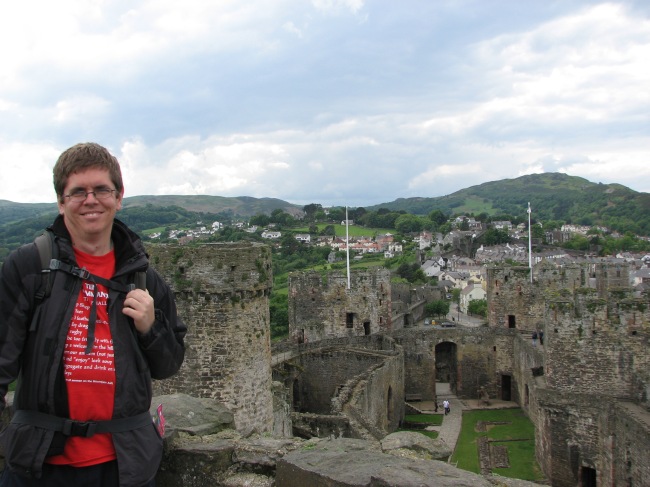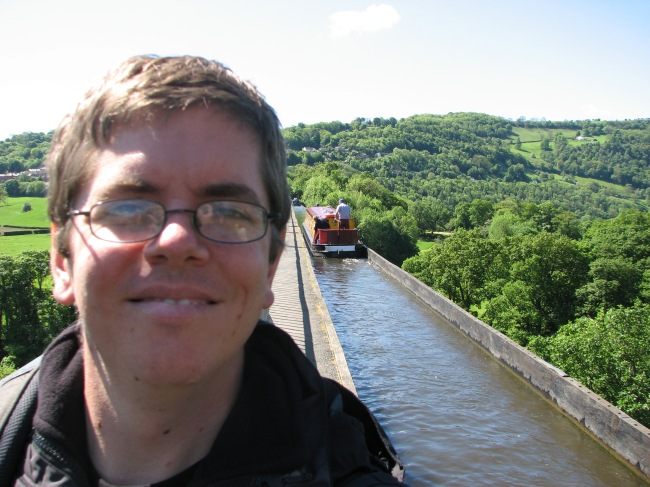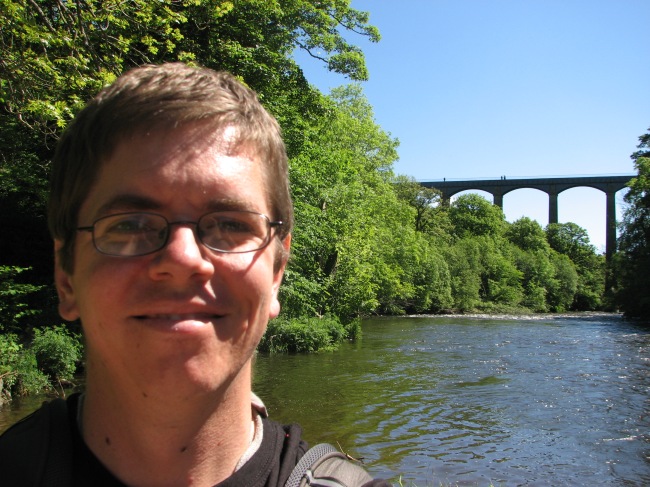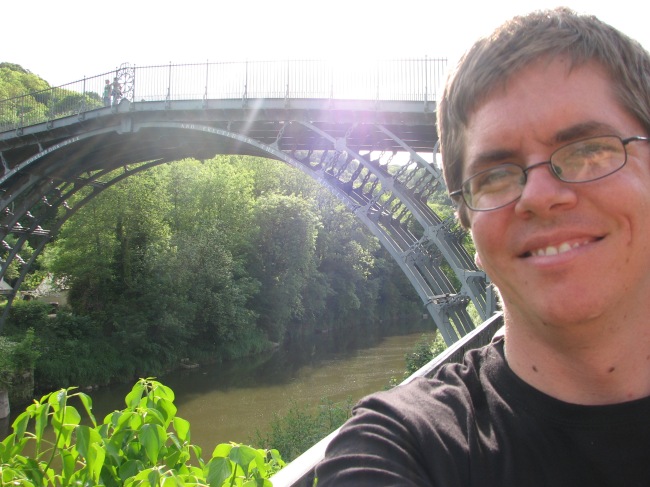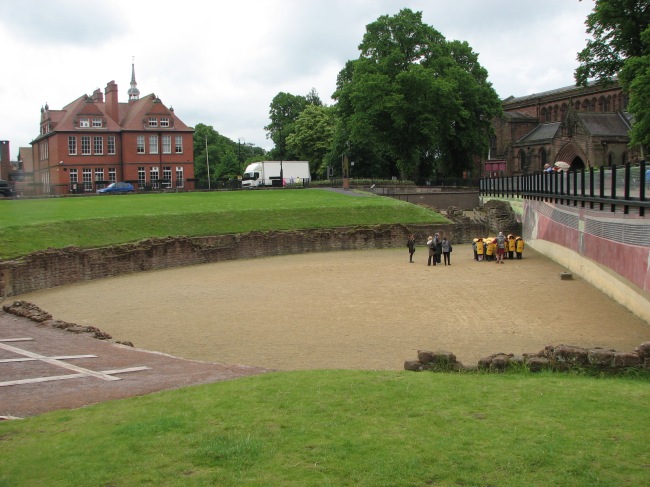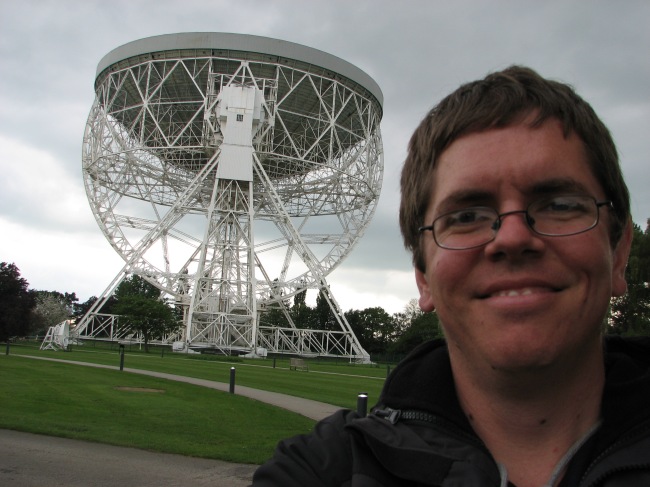Croeso i York! Not in Wales anymore but did pick up one or two words whilst I was there. As far as I can recall, I was up to Bath at the end of the last post I put up here so I need to recall what went on in Bristol, prior to the awesomeness that is Wales:
– Bristol rocks. Yes I am basing this assessment on one day in Bristol and sadly the bridge is open only to tour buses and school groups (apparently I am neither or so they told me via email) but the rest of the joint appears to be a really nice part of GB. Most of today was spent poking around the SS Great Britain, which was one of several iron ships designed by the mercurial Isambard Kingdom Brunel – genius and greatest ever Briton to grace this planet (sorry JB, sorry Uncle Winston but IKB wrote the rules, rewrote the rules and in some cases completely ignored the rules to create some of the most brilliant pieces of engineering work ever completed). The ship was an experience in itself, walking through the museum prior to the ship was very entertaining (helped by the footage from the BBC documentary about how the SS Great Britain was salvaged off the ocean floor just around the corner from Port Stanley in the Falkland Islands (where she’d been sitting for about 40 years having retired from being used as a floating storage container and sometime freighter during her time in the South Atlantic – apparently part of her hull was pinched by one of the British battleships to make running repairs during the attempt to sink the German raider Scharnhorst off the coast of South America). They floated her off the bottom of the sea, put her onto a pontoon (of all things! Crazy idea if you ask me), towed the hull across the Atlantic, managed to get it back to the mouth of the Avon River, patched her up then towed her upriver to her final resting place as a museum. The poignancy of watching Brunel’s ship pass under Brunel’s bridge over the Avon at Clifton for the first and only time in her history (given that the bridge wasn’t built until after Brunel had passed away and the ship by that stage was running British immigrants to Melbourne and Sydney and returning with wool, coal and gold – bit of a frenzy at the time around Ballarat re: the yellow shiny stuff). Quite the moment. Once on board I was given the opportunity to climb up the rigging and out onto the starboard side of the mast. Some view from up there I can tell you. After a late(ish) lunch I headed inside to peruse the library of the Brunel Institute which had some fascinating stuff in it, including copies of the original Clifton Bridge submitted by a 24 year old Brunel during the original competition that had been run to find a design for it. I also flick read a tome on “Greatest moments in Engineering History” dated 1932/33, as it listed the Sydney Harbour Bridge as being “due to open at time of publication”. I then took a walk up to Clifton to photograph Brunel’s bridge over the Avon Gorge and go for a bit of a walk around it. Magnificent structure and again magnificent view. Nice little drive over the border post bridge to the charming little town of Brecon, Wales.
– Brecon Day 1 kicked off with a visit to the National Mining Museum in Blaenavon to see a former Welsh coal mine. The blokes who act as guides are absolute smart arses and most of them are very capable of close harmony singing. I found this out as a result of being tacked onto a Czech choir group for the trip into the mine (the mine btw kind of reminded me of Fort du Hackenburg with less trains and more cheese – yep they store cheese in the Big Pit, apparently gives the local cheese a distinct flavour that the locals love – gotta love the Welsh). The Czech’s were encouraged to sing by the miners but were a bit coy at first so the miners gave them a rousing rendition of Tom Jones’ “Sex Bomb”. Appropriate I thought. Looking around the mine was a lot of fun as was listening to the Czechs as we rode the lift back out. They broke into a Czech folk song and were indescribably good. Pity I don’t speak or understand Czech. Had a quick look around the railway (not open except on weekends – shame), then the local fishing pond (some bloke was having some success catching the local carp). This day finished with a walk up to the top of the local mountain (the name of which I don’t recall). More awesome views from the top.
– More Brecon. This day entailed the trip down to Caerphilly Castle in the town of the same name for a morning walk around Gilbert the Red’s marvellous monstrosity complete with double level moat, turrets, portcullis’, murder holes, well, wall walks and even a hidden passageway behind the castle curtain wall with a view into the main hall (which on the day I was there had been hired out for a local wedding – the sister of the bride had made a wedding cake in the shape of the castle – clearly a very talented lass – I spoke to one of the caterer’s out the front of the hall which is why I know who made the cake). The bride turned up as I was exiting one of the towers (I managed to avoid getting run over by the limo which had brought her and her side of the bridal party with her). I also managed to avoid accidentally photo bombing the couple during their photos outside the castle as I was making my way back to the car. Post lunch, I headed back to Merthyr Tedryl (I think that’s what it’s called) to ride the Brecon Mountain Railway. Not the longest narrow gauge railway in Wales but a very nice little lake for the railway to run beside and I got to ride in the guard’s compartment on the journey back on account of the conversation I had (and was having) with the museum curator (for the day – usually he drives the engine), a chap named Steve. Mostly he wanted to know about the damage to the Zig Zag railway and I mostly wanted to know about how long it took the volunteers to rebuild the 2 engines that they have running on the line. An oops moment from today as my spare towel became a bit of a casualty due to an unscheduled curry spill (I was using the towel on my lap since the curry container was very hot). It’s still in my bag but will need a wash when I next visit a laundrette (likely to be in Edinburgh).
– Drive day to Tywyn. Spectacular scenery on the drive over the mountains from Brecon to Tywyn. Narrow roads didn’t help the driving and the views were both highly distracting and sublime at the same time. I arrived at Talyllyn Railway in Tywyn with enough time to peruse the Narrow Gauge Railway museum at Tywyn Ferry, which includes a room made up to look just like Rev Awdry’s study (who most of you, I hope, will recognise as the genius who created the world’s most famous blue tank engine ;). As interesting as the museum was, the trip up the line was better. The engine I rode on for the first leg was so like Skarloey it wasn’t funny, and the valley was picturesque to say the least. I got out at Dolgoch (short of the end of the line) in order to go for a walk up the Dolgoch Falls Trail, with the intent of walking up the road to rejoin the train at the next stop (Abersomethingorother – plenty of letters in it, I remember that much!). The falls were spectacular, the trail was slightly degraded and I got to photograph the train going over the viaduct over the creek at Dolgoch. Very well timed I thought from myself. I rejoined the next train at the next station up the line and rode to the old slate quarry at the end of the line. Then back down the line in full. At the conclusion of the trip, as I was walking back to my hire car, I noticed a village cricket game in progress at the local oval in Tywyn and decided (as you do), to go and have a sticky beak at pub cricket, Wales style. It was the local derby between Tywyn and Aberwhatsy (same town I’d walked to and recaught the train at). Tywyn had apparently posted 161 in their 40 overs and the Aber’s team were coasting at 0/50 after 7 overs in reply. Aber’s had them on toast at 2/114 at drinks (20 overs). They then proceeded to lose 7/46 in a tense session after the break, meaning that the last pair had to find the means to hit the winning runs, which they managed to do after nearing securing defeat with a run out when 1 was required to tie… Dinner was pub fare, ended up chatting to a motley crew of interesting locals including both bar maids who didn’t need to be behind the bar on account of almost nobody being there (and hence made more sense for them to join in the conversation).
– More driving up the coast today with a first stop at a slightly damp Harlech Castle. This one apparently wasn’t quite finished by Edward I and was used by the Welsh upstarts of the 15th century as an official capital. The castle had a lot of pigeons in it and one or two tourists as well when I was inside. Lots of stairs since this one was built on a slope. The castle was also built with an entrance facing the sea since the sea was much closer when the castle was originally built and so could be resupplied from the sea. It also has limited roofing and no drainage for reconstructed / surviving spiral staircase areas. Photographed Harlech Castle to death before I moved on to the second of my intended targets for the day, Caernafon Castle. This castle was better preserved than Harlech but just as unfinished. More towers to climb than Harlech and more uneven steps. As a result I felt a bit more weary when I had done with exploring Caernafon than when I’d finished looking at Harlech. This visit also coincided with the arrival of a Welsh thunderstorm which I was led to believe, by a local, was due to peter out before I reached my hotel for the night. When I got to the hotel it was still raining, go figure. Not much of a thunderstorm either. One or two flashes of lightning, no significant thunder and not a hailstone to be seen…
– Last day of castle specific travel saw me drive up to Beaumaris Castle (Beaumaris being Welsh for pigeon – there seemed to be hundreds of them inside when I was. Lots of big puddles as well including one at the base of one staircase that nearly tested out the “waterproof-ness” of my boots, only for me to notice the puddle at the last conceivable moment before putting my foot in the middle of said puddle. The wetness of the castle kind of made sense, given that this castle has/had a moat around it complete with very Norman looking ducks (although they may also have been Welsh ducks attempting to infiltrate the castle). One final castle on this day, the one that the Normans actually completed in this part of Wales, namely Conwy Castle. This place had awesome views, well preserved chambers and towers and very few schoolkids in the part of the castle nearest the road and rail bridges over the river which was a distinct bonus. Again, photographed this castle to death. Again, lots of narrow slippery stairs and rabbits on the hillslope outside between the castle and the car park. The other thing to note about Conwy is the view of the lawn bowling green from the King’s Tower. An intense game appeared to be going on when I was up there, although bizarrely the bowlers appeared to be bowling diagonally across the green (later explained to me by a Welshman but the reason given made absolutely no sense (it’s longer that way. W.T.@%$#!!!!?)
– Off to Pontcysyllte aqueduct and canal today (pronounced Pont – Ker – Silth – Tay apparently, Welsh is very confusing). The aqueduct was well worth the visit as it turned out with a magnificent view from the top of the walkway over the Dee River valley. Also an excellent view of a local sewage treatment plant located right next to the Dee River valley which Dan will no doubt be amused to hear was a) within 100 m of the waterway and b) probably very floodprone from the lay of the land. Might be a useful reference for Byron Council (et. al) next time one of them opts to be unreasonable with respect to the siting of one of our Client’s STP’s. Sure different country but you get the point. Having walked across the top of the aqueduct, I walked down to the river and along it, first downstream where I couldn’t seem to find a half decent photo opportunity, then upstream where I did manage to find a patch of bank without trees in the way of the aqueduct. Walked a good 3 miles (at least) before going back to the car. I made the executive decision not to walk the Upper Cieriog on account of a complete absence of maps or locals who knew enough about the alleged walk to provide directions (as it turned out I drove through the valley later on in the day and was completely underwhelmed by it – give me the mountains between Brecon and Tywyn any day of the week). Instead, I decided to wander up to Horseshoe Falls (it was in the tourist brochure so I decided to have a look) for a leg-stretch instead. And I was rewarded with the smallest man made drop of all time (the “falls” were in fact the weir used to divert water out of the Dee River and into the canal which feeds the Pontscysyllte aqueduct). I thought I had a habit of overembellishment of the not quite truthful but this was ridiculous. At least I did get to see the local church of St Daffyd of the Many Consonants, who is the Welsh patron saint of spelling bees and according to Welsh historical legend, actively encouraged the banning of the use of vowels in Welsh place names in order to confuse invaders by making it impossible for them to know where they were at any given moment (a tactic that is still very effective to this day). Havyng decydded not to walk Ceiriog (I can type fluent Welsh now), I headed off to Coalbrookdale instead in order to visit the iron works and iron bridge over the Severn River (oldest such structure in the world, also home to the word “Bedlam” as a result of the foundries that bore the same name). All told an interesting day despite the not so spectacular Ceiriog and “falls”.
– An excellent day out to Chester to view the Roman bits that haven’t been wiped out by the building boom in the city that occurred in the 1960’s (at least according to my American Roman legionary guide – apparently nobody else wanted to do the tour at 12 pm which meant I was the only tourist for that hour long wander). The Roman amphitheatre was probably the highlight (even if there isn’t much left of it) as was the interesting chat I had with another of the Roman guides whilst at the Grosvenor Museum (Museum of Chester). Mostly about how best to stab a Roman soldier if you were a Celt given that all of the Romans (just about) had chainmail armour. Very interesting to see the different Roman weapons in the museum as well (not sure about the art collection but the natural history related exhibition was also very cool). Post Chester saw another wonderful drive up the west side of England to the northern hemisphere’s 3rd largest radio telescope, the Lovell telescope. Famous for picking up the signal of Sputnik I during the first ever orbit by a man made satellite and also for picking up the transmission from Luna 9 which sent the first ever photo from the Moon’s surface (and nearly caused a diplomatic incident on account of the Russians getting to see the photos last – when technically the photos were their property in the first place). I enjoyed the displays that the Uni of Manchester had set up there and my only regret was not being allowed to drive the dish at some point (not that they let tourists do so, but even if they did, the feet and tracks that allow the telescope to rotate around are currently being repaired so I wouldn’t have been able to swing the dish around anyway). Very different to the telescope at Parkes I might add in that this one is in the middle of a cow paddock (as opposed to sheep) and there was a distinct lack of tumbleweed that I saw…
In York at the moment, the other bit of the 1066 story awaits tomorrow.
Michael.
The good ship SS Great Britain.
Hanging out up top.
Clifton Bridge.
The Big Pit, Blaenavon
Blaenavon Ironworks
Stuff me it’s crowded up here! Blorenge Mountain (which, despite name, is less high than Lawson back home).
A typical Norman establishment, Caerphilly Castle.
Brecon Mountain Narrow Gauge Railway.
Rotten scenery up here… honestly why would you bother? (behind me is a rather steep drop)
Talyllyn Railway, aka the spiritual “home” of Thomas the Tank Engine.
The recreation of Rev. Awdry’s study.
More overcrowding, top of Dolgoch Falls looking uphill.
Village cricket, Wales style.
Harlech Castle.
Caernafon Castle.
Beaumaris Castle
Looking back at mainland Wales from Anglesey across the Menai Straights.
Conwy Castle from the King’s Tower.
Pontscysyllte from next to the canal.
Pontscysyllte from the River Dee
The mighty Horseshoe “Falls”
The iron bridge at Coalbrookdale.
Roman Amphitheatre, Chester
An American Roman named Bryan.
Lovell telescope, Jodrell Bank.
